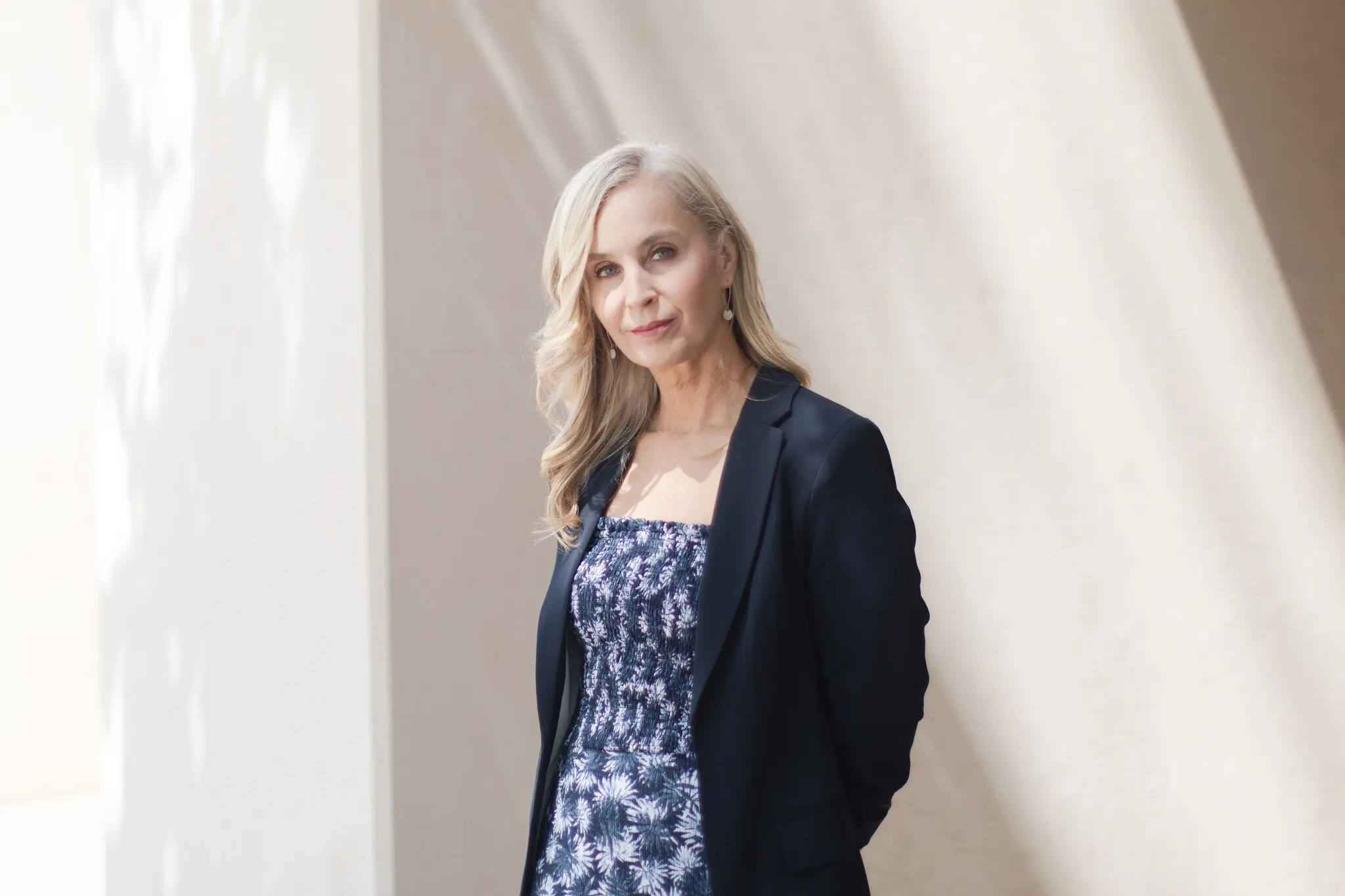News
The Real-Life Dating Boot Camp That Inspired ‘Love on the Spectrum’

Dr. Elizabeth Laugeson and the UCLA PEERS™ Program’s 20-week social skills program helps adults with autism learn how to find and maintain healthy romantic relationships.
Much of the coursework focuses on building comfort in conversation, or, as the coaches call it, trading information One central skill taught is not to panic if there are extended silences. Hayley Ditter, 24, who had been on four dates since the course began, said this had proved valuable almost immediately.
Read the full article featuring Dr. Laugeson, the PEERS™ team at UCLA, and program participants in The New York Times.